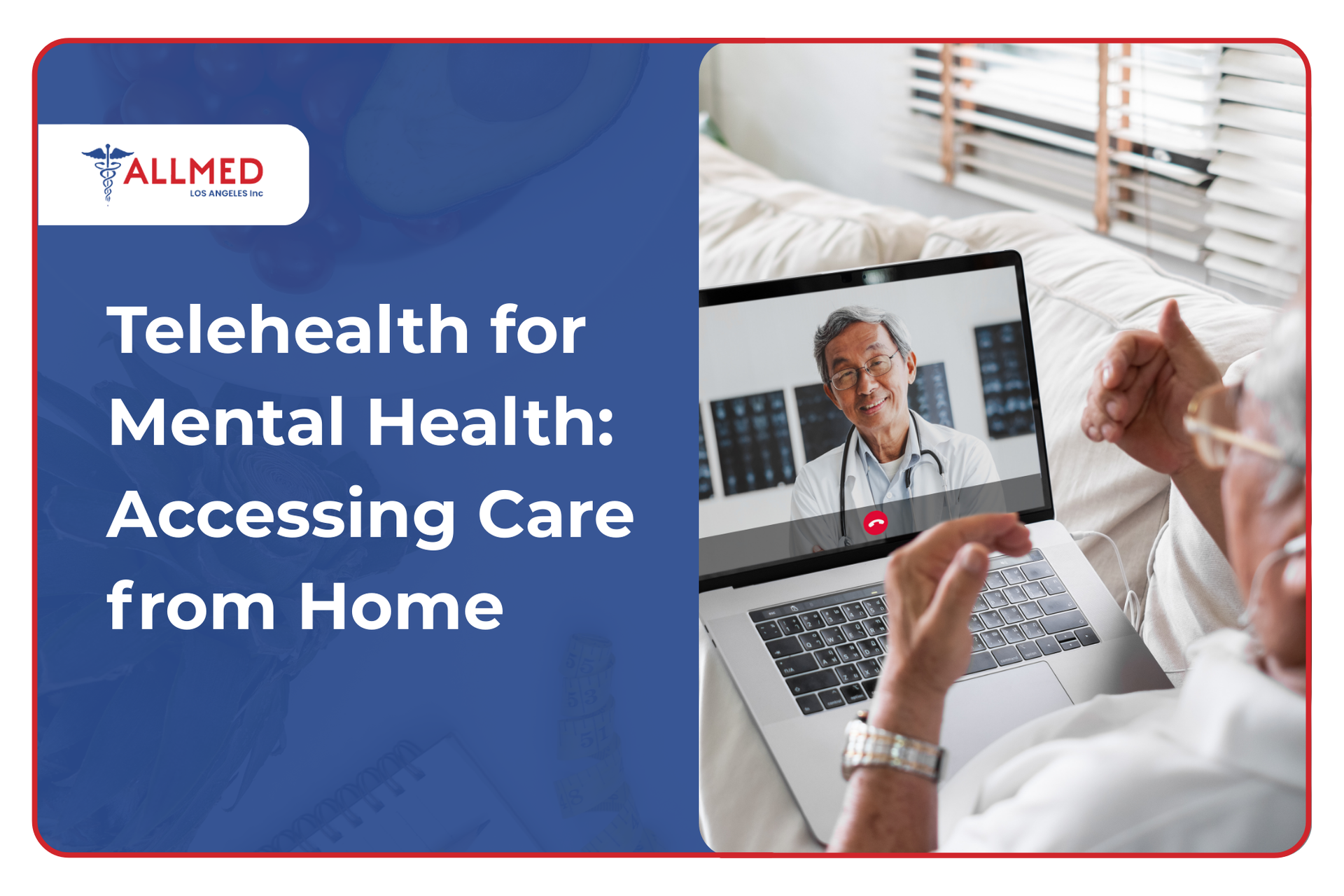As a parent, you're no stranger to the occasional sore throat and fever your child experiences. While these symptoms often signal a common cold, they can sometimes point to something more serious—strep throat. This infection affects millions of children annually, and early detection, symptom recognition, and knowing how to respond can make all the difference in safeguarding your child’s health.
Keep reading to discover what strep throat is, how to recognize it, and the steps you should take if your child shows symptoms.
Don’t Ignore the Symptoms. Get Your Child Tested for Strep Throat.
What Is Strep Throat?
Strep throat is a bacterial infection caused by Streptococcus pyogenes (group A strep) that can lead to complications if treated improperly. It can affect people of all ages, typically rising during the school year, especially in winter and early spring.
It mainly targets the throat and tonsils, leading to inflammation, redness, and noticeable significant discomfort. To stop the spread of strep throat, children should stay home from school or daycare until they've been on antibiotics for at least a full day.
How It Spreads
As a highly contagious bacterial infection, it can spread through respiratory droplets when an infected person coughs, sneezes, or talks. These droplets can linger on surfaces or be directly inhaled by another person, making schools, playgrounds, and daycares prime locations for rapidly transmitting strep bacteria.
Consider how often kids share toys or snacks in classrooms—it’s no surprise strep can spread like wildfire in these environments. Direct contact with an infected person or sharing utensils and personal items like cups or toothbrushes can also spread the bacteria.
Strep Throat Symptoms in Kids
While a runny nose and cough often accompany viral sore throats, strep throat has distinct signs such as:
- Severe sore throat
- High fever
- Headache
- Red rash (in some cases)
- Swollen lymph nodes in the neck
- White spots on the back of the throat, tonsils, or tongue
How Is Strep Throat Diagnosed?
It's important to
see a healthcare provider if they have any of the symptoms above. You should also call the doctor if your child’s condition doesn’t improve after taking antibiotics for 48 hours or if they have difficulty breathing or swallowing.
Diagnosis usually involves two main tests:
Rapid Strep Test
Doctors can perform this quick test right in their office. A swab is taken from the back of the throat, and results can be ready within minutes. However, this test isn't always 100% accurate.
Throat Culture
For a more definitive diagnosis, doctors may take a throat culture. Though it takes longer (up to 48 hours for results), it’s more reliable, especially if the rapid test is negative but symptoms are present.
Treatment of Strep Throat
When your child is diagnosed with strep throat, the good news is that the infection is highly treatable.
Strep throat treatment for kids generally involves a combination of antibiotics and supportive care at home.
Your child’s doctor will probably recommend one of these antibiotics to treat the infection:
- Penicillin or Amoxicillin: These are the first-line antibiotics for treating strep throat. They effectively kill the group A strep bacteria; most children tolerate these medications well.
- Alternatives: Prescriptions can vary if your child is allergic to a specific medicine. Following the full course of medication is essential, even if your child feels better after a few doses. Cutting treatment short could increase the chance of antibiotic resistance or cause the infection to return.
Home Care Tips for Strep Throat
In addition to antibiotics, there are several things you can do at home to help manage your child’s symptoms and promote a faster recovery. These tips will keep your child more comfortable:
- For children over one year old, let them drink warm liquids such as tea, broth, or warm water with honey.
- For older children, sucking on throat lozenges reduce throat discomfort and keep the throat moist.
- Make sure your child gets plenty of rest.
- Over-the-counter medications like ibuprofen or acetaminophen alleviate throat pain, reduce fever, and relieve general discomfort. Always follow dosage instructions and consult your pediatrician before giving these medications to your child.
- A humidifier in your child’s room adds moisture to the air, easing breathing and preventing dry or irritated throats.
Frequently Asked Questions
1. How common is strep throat?
Strep throat is quite common, particularly in children between 5 and 15. Strep throat causes 20% to 30% of sore throats in children, and it’s one of the main reasons parents visit the doctor.
2. How do you know if a baby has a sore or strep throat?
Since babies can’t tell us what they’re feeling, here are some signs that can help you distinguish between a viral sore throat and strep throat.
- Viral sore throat: If a baby has a sore throat due to a viral infection, they might show symptoms such as mild fussiness, sneezing, a runny nose, congestion, or a cough, in addition to throat discomfort. These infections usually resolve on their own without needing antibiotics.
- Strep throat: Although less common, strep symptoms in babies include irritability, refusal to eat or drink, sudden fever, and red, swollen tonsils that may have white patches. Babies might also exhibit increased drooling because swallowing is painful. Unlike viral infections, strep throat typically doesn't cause coughing or a runny nose.
Since babies can't express their discomfort clearly, a healthcare provider must perform a throat swab test to diagnose strep throat accurately.
3. What will happen if strep throat is left untreated?
When strep throat goes untreated, it can become something more dangerous, like rheumatic fever, which could cause permanent damage to the heart. Additionally, it may result in kidney inflammation, known as
post-streptococcal glomerulonephritis, or the development of scarlet fever.
4. How can I prevent my child from getting strep throat?
While strep throat isn't always avoidable, practicing good hygiene can lower the risk. Encourage your child to wash their hands often, not to share cups or utensils, and cover their mouth when they sneeze or cough. Clean and disinfect high-touch surfaces like light switches, door handles, and electronics to minimize the spread of bacteria.
5. What causes recurrent strep throat?
Recurrent strep throat may occur due to incomplete treatment (e.g., not finishing a full course of antibiotics) or exposure to carriers without showing symptoms.
In some cases, the genetics of the immune system makes them
prone to recurring strep throat. For instance, some children may have smaller germinal centers or Fewer B cells and follicular helper T cells. This affects how the body handles the bacteria, leading to more frequent infections.
6. What should I do if my child has recurrent strep throat?
If your child experiences frequent and recurrent episodes of strep throat (typically three or more infections in a year), consult your healthcare provider, who may potentially advise on a tonsillectomy (removal of the tonsils). They may recommend testing your child and close contacts to identify if the household has asymptomatic carriers.
Don't Wait—Get Strep Throat Diagnosed Early!
The next time your child is running a fever and showing signs of strep throat, don’t wait. Early diagnosis and treatment are important to prevent complications and get your child back to feeling their best.
At
Allmed LA, we’re here to help. Schedule an appointment for a rapid strep test, and we’ll provide the care and guidance you need to ensure a speedy recovery. We gladly accept walk-ins, so feel free to stop by any of our
LA clinics at your convenience!















